Baahubali vs RRR: How Hypermasculinity Elevated One and Ruined the Other
A closer analysis of Rajamouli's films
I remember watching Rajamouli's marvel Baahubali in the theatres on a school night. It was the night before a chemistry exam, and I did not regret failing the test, because the movie was worth it. The director elevated storytelling and Indian cinema to another level. I remember the thumping of my heart to the moments of strength displayed by the characters, the feeling of awe listening to the strategic plans for war, the fear and aversion looking at the antagonists, the pride I felt looking at a strong, female character, the clear distinction of power in the hands of good and evil, the spectacular sets and visuals, the emotional music and brilliant acting.
Now, I watched RRR, and all I saw was a watered down storyline that was carried on the backs of two heroes whose only strength was their hypermasculinity. So how was it different from the super-strength displayed by Shivudu and Bhallaladeva in Baahubali?
One: Fictional Setting vs Real Setting
The imaginary nature of Baahubali’s setting gave way for suspension of disbelief. I saw Shivudu as a superhero, Bhallaladeva as a supervillain, and Baahubali as a starting point for amazing superhero films in India. In films that set up a fictional world, we tend to believe in the story and the characters more.
On the other hand, the setting in RRR was a very real one against the backdrop of India's struggle for freedom. Reducing the people’s struggle to two macho men mindlessly killing their way through the Britishers to bring freedom to India while women sat at home waiting for them is reducing the wit behind the salt march, the solidarity in guerrilla warfare, and the bravery of women and men involved in the fight to freedom.
Two: A Powerful Antagonist
In Baahubali, both the protagonist and the antagonist had power and strength. While Bhala (the antagonist) used his power and strength for personal gains and without remorse or empathy, Bahu (the protagonist) used his with responsibility and concern. But the two always fought their own battles, instead of sending in characters nobody cared about. This showed the audience how equally powerful the opponents were, and gave a solid reason to support one over the other.
In RRR, despite having been a despicable threat to India at one point, the antagonists seemed powerless and non-threatening. The poor dialogues given to these actors were reminiscent of an Indian soap opera and made the watch quite insipid. Moreover, the people with whom the heroes fought weren’t established as a fearsome threat in the film, which gave the audience a reason to not take the fights too seriously, because we knew the opponents weren’t important enough to survive until the next scene.
The lack of a powerful establishment and a level playing field of strength between the heroes and the villains instantly dissolved the tension. The adrenaline rush I felt when watching Bahu cut the head of a powerful king’s son for groping women, was not felt even as the heroes in RRR shot the man who separated a child from her own mother and imprisoned her like an animal.
Three: Wit and Emotion
The reason Baahubali worked was because the strength of its characters were combined with wit and emotion, through storytelling, music and other characters who made equal contribution to the fight. RRR doesn't work because a freedom fight was reduced to mere super-strength of two normal men who weren't backed up by a community or didn't use much wit to plan strategies to topple a huge empire.
In Baahubali, the strength of Shivudu and Bhala weren't the sole carriers of the movie. These characters used their skills through practice, they used their power for reasons, teamed up with others, used the intelligence of many to come together for a fight. The inclusion of struggles between other characters, their support in winning a fight, made the story that much interesting.
See that in contrast with RRR where the heroes went alone till the end and fought an entire army of colonisers without any help. This could’ve worked if there was a brilliant plan involved. But the heroes only ever made vague, unintelligent plans on the spot. The leaders of India’s freedom struggle won, not because they acted on their own, took up weapons and went on a killing spree. But because they made plans with their communities, organised protests, marches and revolts, and won together, as women and men of India to chase the colonisers away.
In Conclusion
RRR was the equivalent of making a movie with two female protagonists who save India from Britishers by going and talking to each coloniser like, "Look at me. You're better than this. It's okay. I know you won't hurt anybody." And this somehow magically changes the heart of colonisers and they leave.
Just imagine the horrible, misogynistic reaction this kind of a film would’ve gotten. RRR is equally absurd. Just because it involves two celebrated male heroes and displays machismo doesn't make it any likeable.
A better story would've been to focus on the man from the Gond tribe in his fight to get a child of his community back from the oppressors. How a tribal community with no power topple the colonisers makes for an empowering, interesting and brilliant story. But the story of RRR seemed to have been about how a very unstable man who punches a sandbag, takes down a whole army of colonisers with abs, abs, and more abs. And oh, yelling. Lots of yelling. It reminded me of a very bad, commercial Salman Khan or Akshay Kumar film in Bollywood about patriotism.
Hypermasculinity elevated Baahubali because it was combined with a brilliant story and strong supporting characters. Note that it merely elevated a good story. Whereas, in RRR, being the only focus, hypermasculinity seemed boring and ruined the film.
Hypermasculinity in films only works when it's combined with wit, emotions, and support from other characters. Alone, it's tacky and absurd.

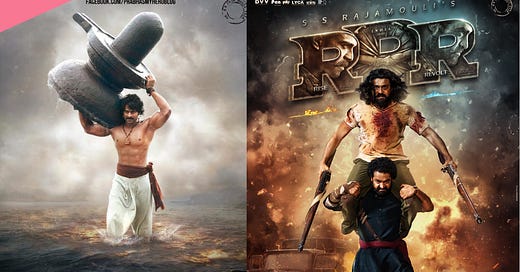



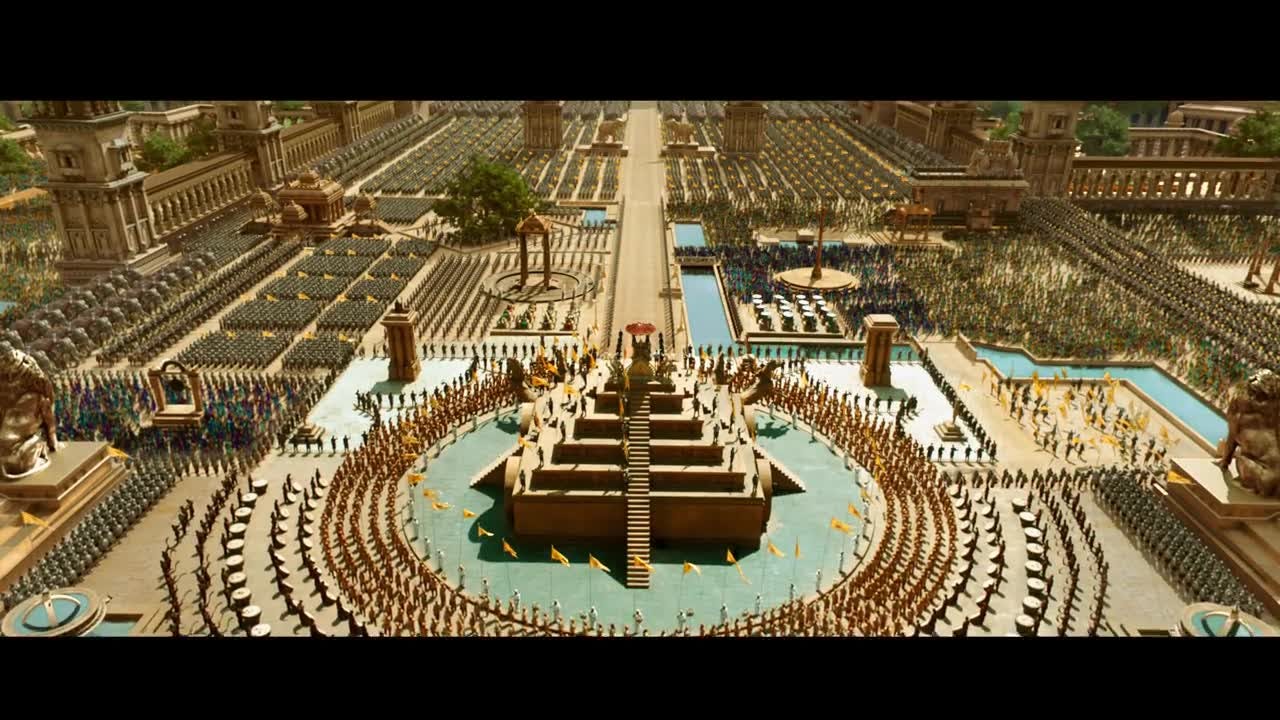

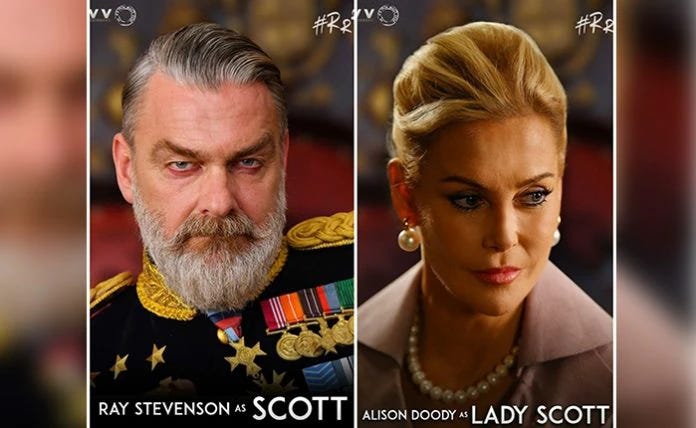
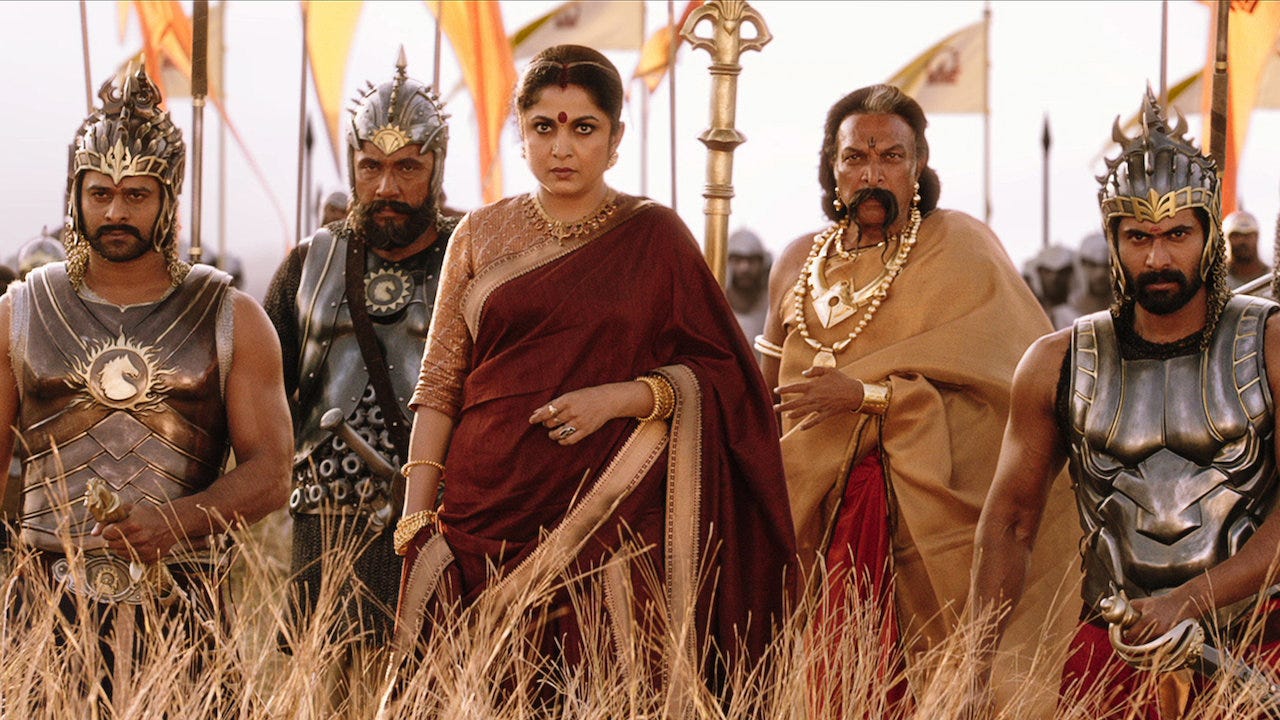
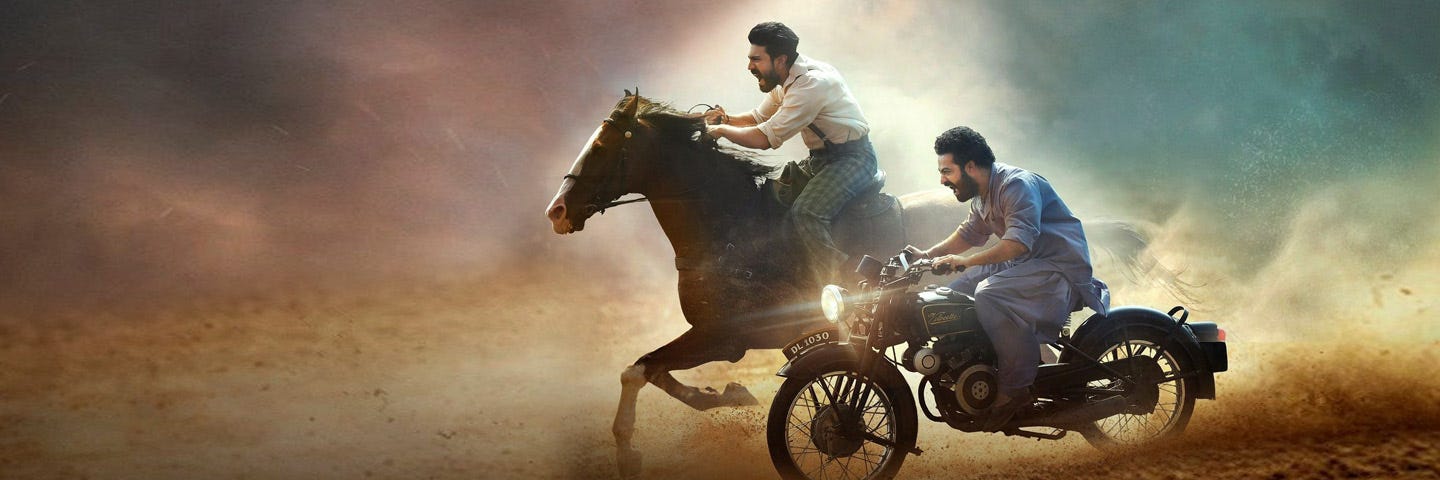
So true .. No thing about this movie is good. I hope the makers r aware of it. Even if there is news about 3000 cr collection, I wouldn't believe that the general audience liked the movie. I watched FDFS and the vibe I got at the theatre was pretty much same as how I felt about the movie. But online reviews are all on the contrary.